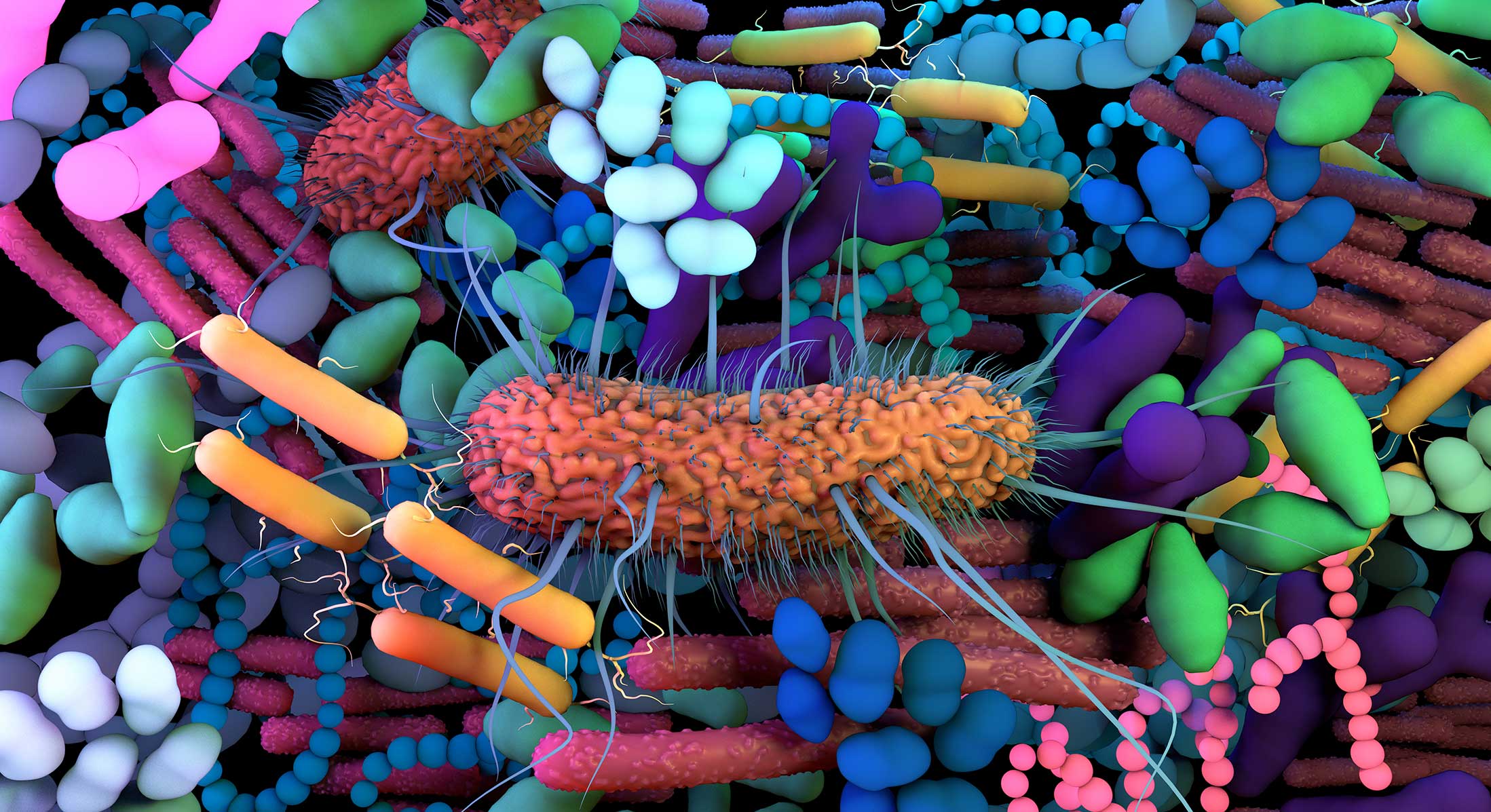
Understanding respiratory microbiome–immune system interactions in health and disease
Limited lung territories vary since the respiratory framework incorporates various conditions, like the oral and nasal holes, larynx, pharynx, bronchi, windpipe, alveoli, and bronchioles. For example, a temperature inclination exists between the close surrounding temperature of the oropharynx and the body’s center temperature of the alveoli. The occupant microbiome populace in the aspiratory framework is kept up with by adjusting migration and taking out organisms.
In spite of being a very much recognized microbe, Streptococcus pneumoniae is a typical commensal tracked down in the upper respiratory tract. Investigations of mice colonized all the while with Haemophilus influenzae and S. pneumoniae fostered a provocative climate portrayed by high neighborhood extents of C-X-C theme chemokine ligand 2 (CXCL2) and enrollment of neutrophils.
Eminently, neither strain alone showed this response. As indicated by reports, the synergistic reaction relied upon pneumolysin (Utilize), a destructiveness part created by S. that causes pore creation inside eukaryotic cells. This demonstrates that S. pneumoniae changes the invulnerable reaction against H. influenzae.
Uncovering resistant stimulatory and nonpathogenic S. parts, including pneumolysin (Handle), shielded them from hypersensitive aviation route sicknesses. This was because of the expansion in administrative Lymphocyte (Treg)- intervened hindrance of regular executioner Immune system microorganisms, T assistant 2 (TH2) reactions.
Neonatal and pediatric respiratory conditions
Bronchopulmonary dysplasia
Bronchopulmonary dysplasia is an ongoing and incendiary lung condition influencing preterm infants. Among preterm lungs, breathing instigates aggravation inferable from oxidative and mechanical pressure.
In ureaplasma-positive children with bronchopulmonary dysplasia, the tracheal suction liquid included raised degrees of fiery arbiters, including interleukin (IL)- 1, IL-6, and IL-8, and safe cells, like alveolar macrophages and aspiratory neutrophils. In any case, the particular contribution of ureaplasma in the pathophysiology of this ailment stays obscure.
During the underlying 28 days of life, a huge decrease in bacterial variety was seen in the tracheal suction liquid in preterm children having bronchopulmonary dysplasia contrasted with babies who didn’t. Among grown-ups who were conceived preterm and had bronchopulmonary dysplasia, 16S ribosomal ribonucleic corrosive (rRNA) recognized a decrease in bacterial variety alongside a wealth of Bacteroidetes contrasted with those conceived preterm without the condition. These discoveries infer that early-life microbiome dysbiosis may interface the respiratory microbiome to the advancement of bronchopulmonary dysplasia and long haul respiratory wellbeing.
Asthma
The cleanliness speculation places that early microbiome openness could diminish the possibility of creating illnesses, like asthma or sensitivities, over the course of growing up or adulthood. Asthma pathologies incorporate discontinuous aviation route check, bronchial hyperreactivity, aviation route redesigning, and bodily fluid hyperproduction, which are oftentimes brought about by type 2-spellbound invulnerable reactions which may or probably won’t be joined by eosinophilic irritation.
Proteobacteria prevailed in bronchoalveolar lavage tests and nasopharyngeal swabs acquired from grown-ups and youngsters with asthma, while Firmicutes were transcendent in solid controls. There have been reports of expanded Haemophilus species in asthmatic patients, though H. was related with a rise in asthma as well as repetitive wheezing in the underlying five years of life. Furthermore, H. S. , or Moraxella can increase asthma-related endangerment in any period of life.
Ongoing obstructive respiratory illness (COPD)
COPD is portrayed as tireless irritation of the aviation route as well as bronchial redesigning, which adjusts the equilibrium and construction of the stomach and respiratory microbiome populations. Fuel episodes were connected with an expansion in the general extent of Proteobacteria and a decrease in the overall extent of Firmicutes as affirmed by 16S rRNA profiling of COPD patient examples. In a different examination, 16S rRNA profiling found Haemophilus and Moraxella as the genera with the most noteworthy relative extent in COPD patients’ respiratory examples.
Lung cancer
It is perceived that connections between the microbiome and the invulnerable framework impact disease beginning, movement, and treatment responsiveness. Regardless, the causality of this peculiarity is yet obscure. Studies have shown a shift from Firmicutes to Proteobacteria as the super bacterial scientific classification in bronchoalveolar lavage and salivary examples came from cellular breakdown in the lungs of patients. Capnocytophaga, Veillonella, and Selenomonas were altogether raised in the spit of patients determined to have adenocarcinoma or squamous cell carcinoma. Likewise, 16S rRNA quality profiling showed an expansion in the transcendence of the genera Bergeyella and Haemophilus.
Conclusion
In general, the review discoveries featured the connection between early life colonization as well as local area modifications and immunological turn of events, sickness, and wellbeing during adulthood, adolescence, and earliest stages.
Propels in sequencing, bacterial culture, and ex vivo advances to decide local area organization, as well as practical genomics to comprehend the digestion of specific microbiota, can help the future investigation of the collaboration between the human microbiome and the resistant framework.
Visit DocMode for Courses and lectures










